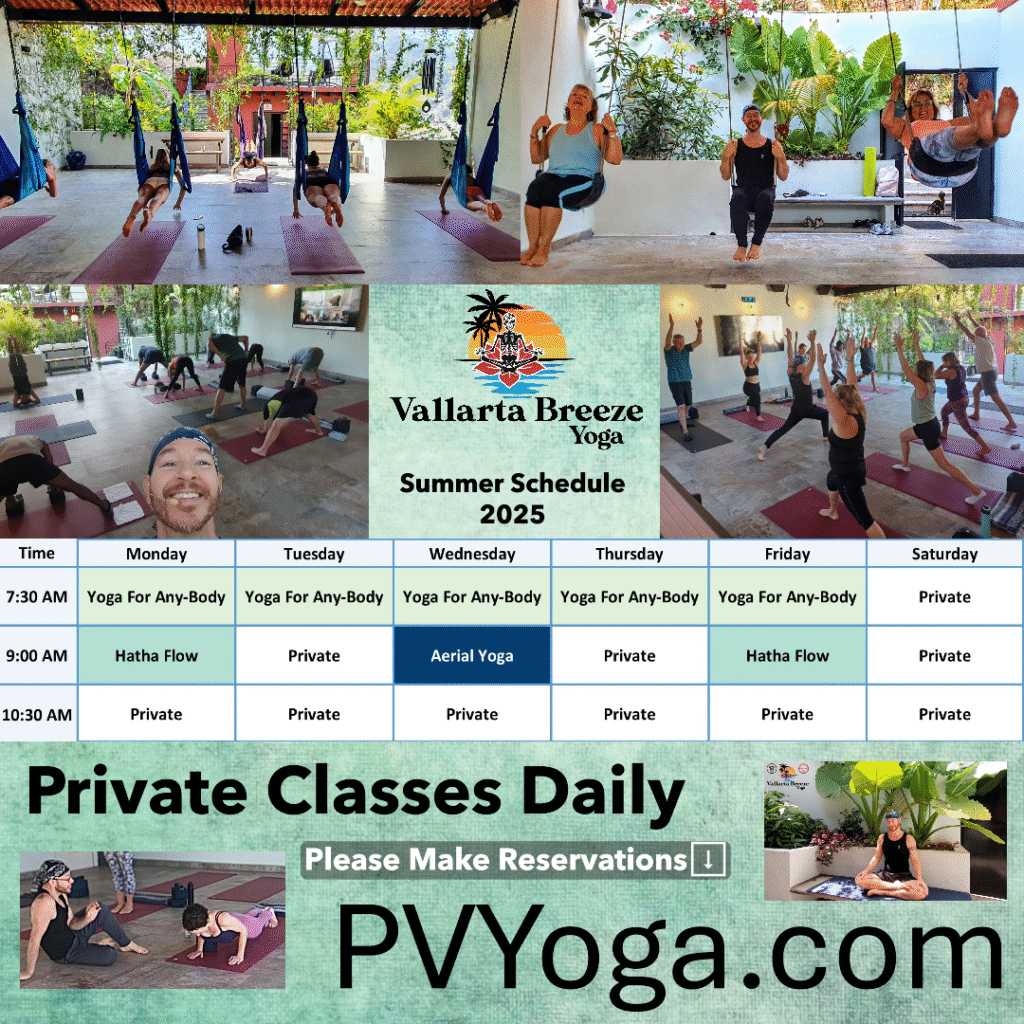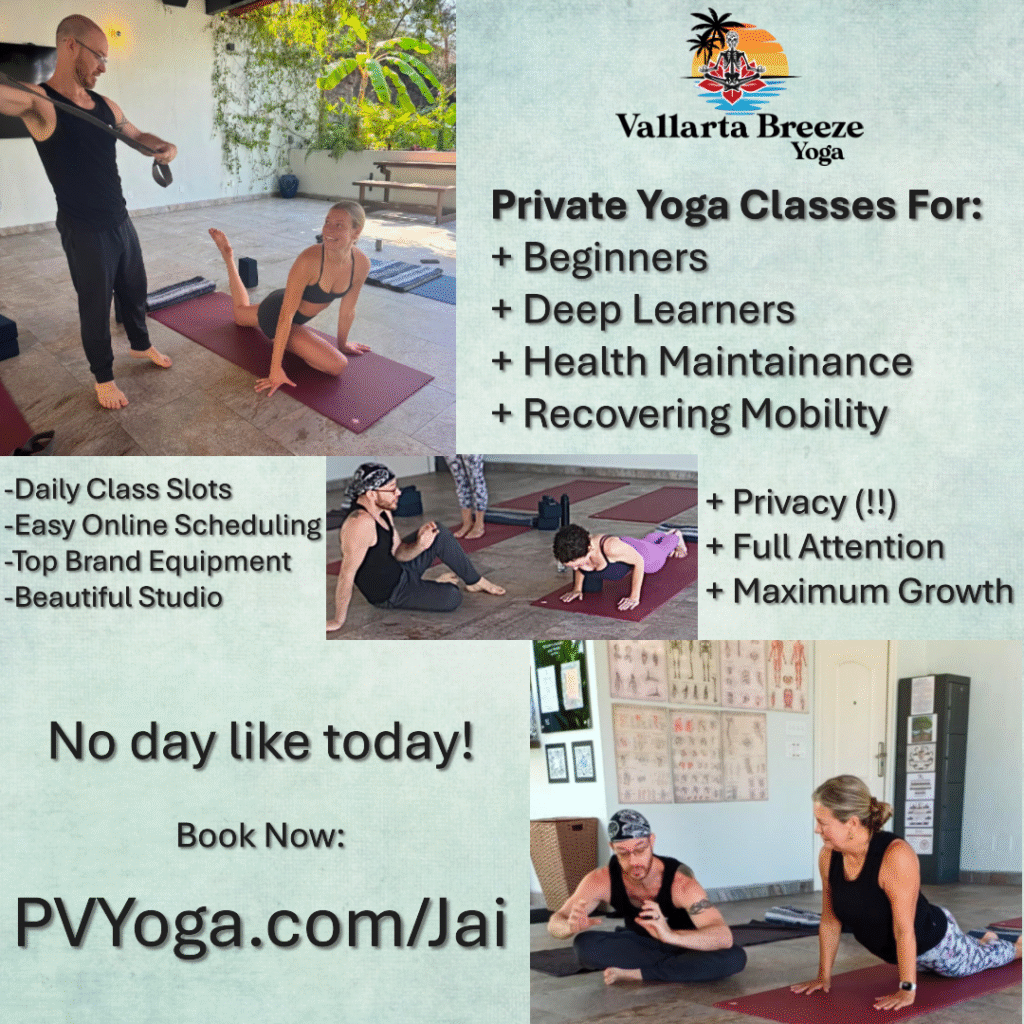What’s the Deal with Yoga?
Fitness, Philosophy, and Religion
When I first started teaching yoga, I was ready to dive into deep philosophical conversations about Patanjali’s Yoga Sutras, the eight-limbed path, and even the more religious aspects like Bhakti Yoga. I imagined spending time guiding students through the spiritual and ethical dimensions of the practice.
Fast forward thousands of classes and years later, I can count on one hand the times a student has expressed genuine interest in the philosophical side of yoga—and nearly every time, it was because they were also a teacher or in a teacher training.
So, what happened? How did philosophy and yoga, once seemingly inseparable, drift apart?
A big part of it is that asana practice—the physical postures—became the face of yoga. It’s what went mainstream, and it’s what the Western world learned was yoga. The endorphin rush people experience during the physical activity gets interpreted by some as something spiritual. This attempt to overlay spirituality onto asana practice has led to the misconception that the physical poses are at the heart of yoga, maybe even holding some mystical power.
In reality, asana was never meant to be a spiritual practice—it was simply a way to prepare the body for long hours of meditation, minimizing distractions from aches and pains. The true philosophy of yoga? That lives in the other 23 hours of the day.
Teaching Yoga in the Modern World
As a teacher, I’ve found myself in an unexpected place. I no longer try to weave yoga philosophy into my classes, even though I personally follow much of it. The students I’ve encountered over the years, for the most part, aren’t interested. They come to class for a workout, to improve mobility and flexibility, regulate their nervous systems, and enjoy a nice time that leaves them feeling better. And there’s absolutely nothing wrong with that.
Honestly, most yoga teachers I know aren’t even on a philosophical/spiritual yoga path themselves though most will claim to be. Many still eat animals, abuse alcohol and drugs, and plenty just post cool quotes from famous philosophers alongside their perfectly executed yoga poses on Instagram to check their philosophical box. There’s really nothing wrong with that either, to each their own so long as people are honest about it.
The Gap Between Yoga Teaching and Fitness Instruction
Despite what most yoga teachers provide, we aren’t typically trained in anatomy and physiology to the degree that would make us effective fitness instructors or movement coaches. Yet, that’s exactly the role we fill 90% of the time.
Yoga poses and transitions—especially in Vinyasa—are complex and executed quickly. They aren’t the simple movements of a typical fitness class like zoomba or step. You can’t just throw a newbie in and let them sink or swim. They must be actively and attentively taught, there are physical consequences to a poorly executed yoga practice. Nevertheless, many yoga students learn the practice in that way and then later need to have their practice and sometimes bodies repaired.
Over the years, I’ve had countless students come practice with me for a week or two while on vacation. And when they leave, I often hear some variation of:
“I’ve been practicing yoga for years, and no one ever told me I was using my body in an unhealthy or ineffective way.”
You can imagine knee valgus in lunges and warriors causing knee injuries and shoulder grinding in chaturangas are right at the top of the list.
Expanding Our Knowledge to Meet Our Students’ Needs
Recognizing the gap between what yoga teacher training prepares us for and what we actually do, I personally decided it was best to pursue additional education. I’ve taken countless anatomy and physiology courses over the years in addition to Yoga continuing education and certifications. I’ve more recently decided to step outside the Yoga box and became a Certified Personal Trainer and a Certified Corrective Exercise Specialist, because I saw the need for a science based approach—not just in my community, but in the ‘western yoga’ world as a whole. For reference, my first yoga teacher training course, the one that certified me to guide people in yoga, was around 200 pages that we learned over the course of a few weeks with a very basic written test, that no one ever failed.., The single CPT training book is over 800 pages, the final test is 200 questions, people do fail, often.
Not every Yoga teacher feels this way. Many in fact will never seek training beyond their initial 200 hr certification but will be your teachers in your local studios and gyms, serving as your Yoga experts. Keep that in mind, not all teachers are created equally, the bar of entry in not high. In this field, sweet talkers and showmen often see greater notoriety than those who are actually the most capable of guiding you in a meaningful way.
Many students come to yoga as they get older, hoping to maintain or regain functional movement. I can genuinely say I’m qualified to help them do that. I wouldn’t have felt confident making that claim with just my yoga teacher trainings, even the advanced ones. Certainly not for a vulnerable population like the elderly.
What About Yoga Philosophy?
So, where does philosophy fit in?
Yoga philosophy isn’t something that gets passed through asana classes—it’s a personal practice. You study it through books or a teacher, a guru, and then you incorporate it into your daily life.
No asana required.
If you’re curious where to start with yoga philosophy, Patanjali’s Yoga Sutras and the eight-fold path are great entry points.
Continue your growth with the Vallarta Breeze Yoga Puerto Vallarta Yoga Studio!
Whether you’re looking to dive deeper into the physical practice of yoga, The Vedas, Upanishads, Yoga Sutras, or would like to explore our blog, we have a wealth of information available for you! Better yet, join us here in the Vallarta Breeze Yoga Puerto Vallarta Yoga studio, or practice with us online! we’re excited to continue this journey with you. See you on the mat!



